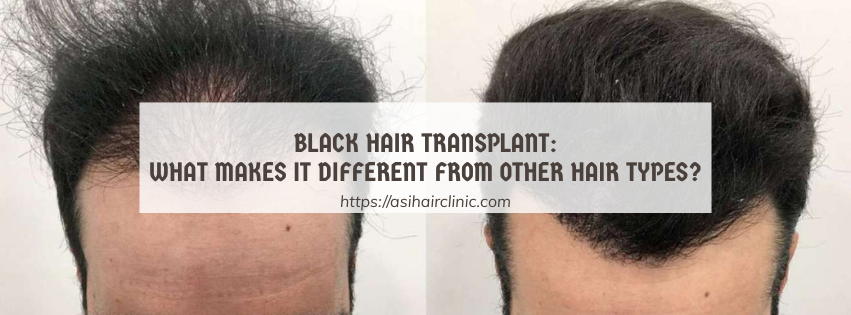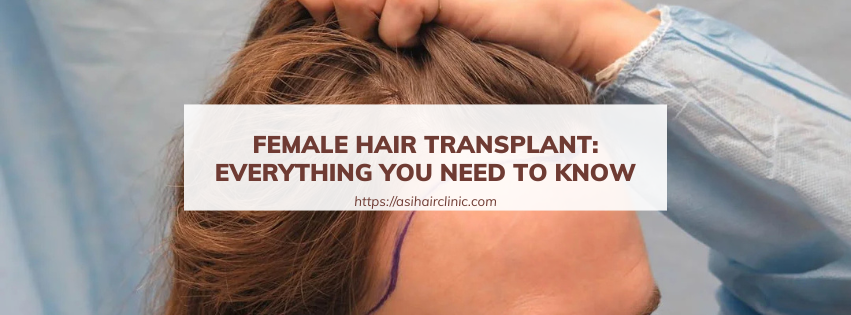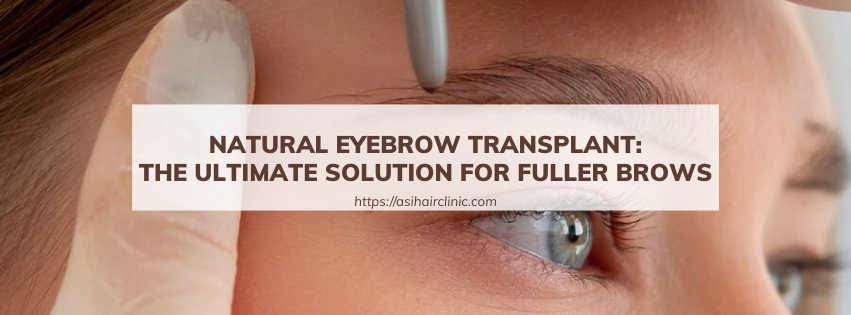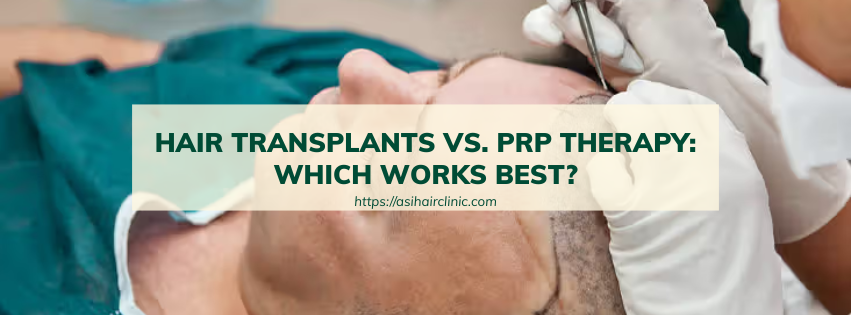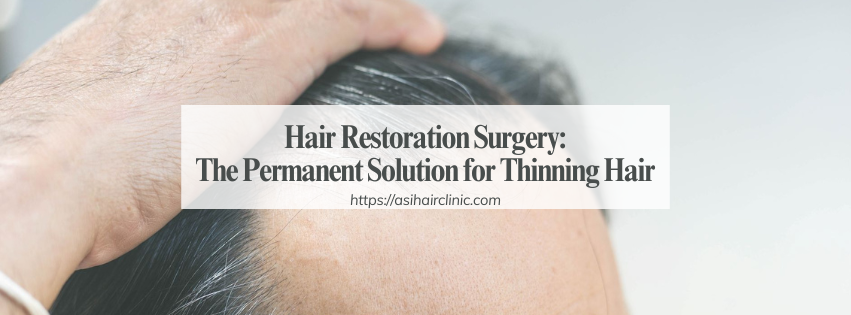Hair Transplant for Women: Facts, Surgery & Aftercare
The journey of hair loss is a deeply personal and often emotional experience for many women. While society has traditionally focused on male pattern baldness, the reality is that women too face challenges with thinning hair or baldness. Hair transplant for women is an increasingly viable solution that offers hope and restoration. This article aims to explore the various dimensions of female hair loss, the intricacies of hair transplant surgery, and the comprehensive aftercare necessary to ensure optimal results.
1. Facts About Hair Loss and Hair Transplants for Women
Understanding female hair loss requires delving into its complexities. Female pattern hair loss, also known as androgenetic alopecia, is not just a cosmetic issue; it can have severe implications for self-esteem and quality of life.
1.1. The Nature of Female Pattern Hair Loss
Female pattern hair loss is characterized by a gradual thinning of hair across the scalp. Unlike men, who may experience receding hairlines and bald spots, women's hair loss tends to manifest as diffuse thinning. This condition often begins at the crown of the scalp and progresses toward the front hairline, creating an appearance of overall reduced density.
For many women, this form of hair loss leads to heightened anxiety and insecurity. It's essential to recognize that female pattern hair loss is frequently hereditary. If there is a family history of hair loss, the likelihood of developing this condition increases significantly. However, genetics is not the sole contributor. Hormonal changes-especially during pregnancy, menopause, or due to thyroid issues-can play a pivotal role in initiating hair thinning.

1.2. Additional Contributing Factors
While genetics and hormones are primary culprits, other factors can exacerbate hair loss in women:
- Medications: Certain medications, including birth control pills, blood thinners, and antidepressants, have hair loss as a potential side effect. Women must consult with their healthcare providers if they notice changes in their hair after starting a new medication.
- Medical Conditions: Autoimmune disorders like lupus, thyroid disorders, and conditions such as anemia can lead to shedding hair. Identifying and managing these underlying medical issues is crucial for effective treatment.
- Stress: Both physical and emotional stress can disrupt the hair growth cycle, leading to temporary hair loss known as telogen effluvium. Stress management techniques, including mindfulness and relaxation exercises, can be beneficial in mitigating hair loss caused by stress.
- Nutritional Deficiencies: An inadequate intake of essential nutrients like iron, zinc, and biotin can contribute to hair thinning. A balanced diet rich in these nutrients supports not only hair health but overall well-being.
1.3 Understanding Hair Transplant as a Solution
When contemplating solutions for hair loss, it's vital to discern the differences between temporary treatments and permanent solutions. Various avenues exist, from topical solutions to hair growth-stimulating devices, but none provide the timeless results achieved through a hair transplant. This surgical option offers women a chance to regain lost confidence and restore their natural hairline.
Hair transplantation works by relocating healthy hair follicles from one area of the scalp (the donor site) to the areas experiencing thinning or baldness (the recipient site). This process is not only effective but also provides lasting results, making it a desirable choice for many women.
Key Advantages of Hair Transplants for Women
- Minimally Invasive Technique: Modern hair transplant surgeries utilize minimally invasive approaches, ensuring minimal discomfort and downtime for patients.
- Natural Appearance: The hair follicles transplanted during the procedure grow naturally, blending seamlessly with existing hair and providing aesthetically pleasing outcomes.
- Longevity of Results: The transplanted follicles are permanent, allowing women to enjoy long-term hair growth without recurring treatments.
- Boosting Self-Confidence: Successfully restoring hair can significantly elevate self-esteem, enabling women to feel more comfortable and confident in their appearances.
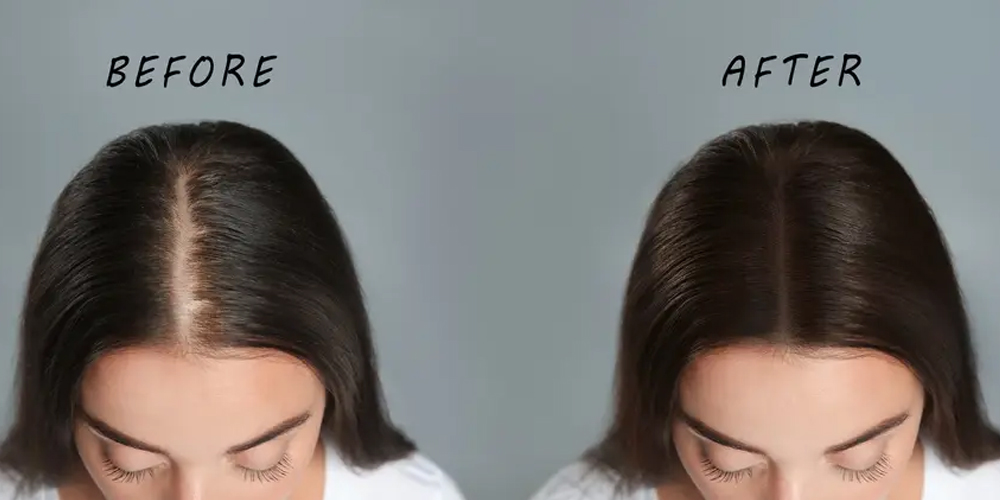
2. How Does a Hair Transplant for Women Work?
The process behind hair transplantation is intricate yet fascinating. It's a blend of artistry and science, with skilled surgeons performing meticulous procedures to ensure natural-looking outcomes.
2.1. Initial Consultation and Evaluation
A successful hair transplant journey begins with an in-depth consultation with a qualified hair restoration surgeon. During this meeting, medical history, hair loss patterns, and patient expectations are thoroughly evaluated. Surgeons assess the density and quality of hair in the donor area, which typically resides at the back of the head, where hair remains resistant to androgenetic alopecia.
This initial consultation serves as the foundation upon which the entire procedure is built. It ensures that both the surgeon and the patient are aligned in their goals and understand the expected outcomes.
2.2. Preparing the Recipient Area
Once the decision for surgery is made, preparation of the recipient area is initiated. This step involves creating tiny incisions or channels in the scalp where the grafts will be inserted. Local anesthesia is administered to numb the area, ensuring comfort throughout the procedure.
Surgeons take great care to create incisions that align with the natural growth patterns of the hair. This attention to detail guarantees that the final look is harmonious and blends flawlessly with the surrounding strands.
2.3. Harvesting Donor Hair
After preparing the recipient area, the surgeon proceeds to harvest hair follicles from the donor site using either Follicular Unit Extraction (FUE) or Follicular Unit Transplantation (FUT).
In the FUE method, individual hair follicles are extracted one at a time using a specialized punch instrument. This minimally invasive approach leaves behind virtually no scarring and is often preferred by patients seeking a quicker recovery.
On the other hand, the FUT technique involves removing a strip of skin containing hair follicles from the donor area. This strip is then meticulously dissected into individual follicular units before being transplanted. Although this method may leave a linear scar, it can yield a higher number of grafts in a single session.
2.4. Grafting the Hair Follicles
Following harvesting, the surgeon carefully places the harvested hair follicles into the prepared incisions in the recipient area. Special attention is given to the angle and direction of placement to ensure natural results.
Grafting is a labor-intensive process, requiring precision and skill. Each follicle is positioned strategically to replicate the natural hair growth pattern, resulting in a beautiful outcome that enhances the patient's appearance.
2.5. Post-Operative Care
Post-operative care is critical for achieving the desired results from a hair transplant. Patients receive detailed instructions on how to care for their scalp following the procedure. This stage is crucial in ensuring healing and maximizing the success of the transplanted follicles.

3. When Is One Suitable for a Female Hair Transplant?
Not every woman experiencing hair loss may be an ideal candidate for a hair transplant. Therefore, understanding eligibility criteria is essential.
3.1. Ideal Candidates for a Female Hair Transplant
Women facing specific types of hair loss may find themselves suitable candidates for this transformative procedure:
- Female Pattern Hair Loss: Those experiencing gradual thinning across the scalp, particularly at the crown and hairline, may benefit significantly from a hair transplant.
- Scarring Alopecia: Women affected by hair loss due to burns, injuries, or surgical scars can achieve coverage in affected areas through transplantation.
- Traction Alopecia: Women who have experienced hair loss from tight hairstyles or extensions may consider a hair transplant to restore their hair’s previous volume and thickness.
- Available Donor Hair: Successful hair transplants rely on having a sufficient supply of healthy hair follicles in the donor area.
3.2. Who Is Not a Suitable Candidate?
Certain factors may disqualify women from undergoing a hair transplant. Recognizing these limitations is essential:
- Active Medical Conditions: Individuals with uncontrolled medical conditions that could heighten surgical risks may not be suitable candidates for hair transplantation.
- Poor Donor Hair Quality: Limited or poor-quality donor hair can hinder the effectiveness of the transplant, making it imperative to assess donor hair quality beforehand.
- Unrealistic Expectations: Women seeking dramatic transformations or harboring unrealistic expectations about the outcomes may not align with the procedural goals.
- Ongoing Hair Loss: Those experiencing continued significant hair loss should first identify and address the root causes before considering transplantation.
4. Female Hair Transplant Aftercare
Ensuring proper aftercare post-transplantation is vital for healing and achieving optimal results. Individualized instructions may vary based on the surgeon's protocols, but several standard practices should always be followed.
4.1. Medications and Wound Care
Patients may receive prescriptions for antibiotics and pain relievers to manage discomfort and minimize the risk of infection. Adhering to medication schedules and postoperative care instructions is essential for enhancing recovery.
Wound care involves gentle washing of the scalp as advised by the surgeon. Using mild products is critical to avoiding irritation. Patients must refrain from touching or scratching the transplanted area, allowing for the healing process to occur unhindered.
4.2. Managing Swelling and Bruising
Swelling and bruising around the transplant area are common during the initial days following the procedure. Applying cold compresses can provide relief and help soothe any discomfort associated with swelling. Resting with the head elevated can also alleviate pressure and support healing.
4.3. Sleep Position and Activity Restrictions
Sleeping posture plays a crucial role in the recovery phase. Keeping the head slightly elevated during sleep minimizes swelling and reduces discomfort.
Additionally, it's advisable to avoid strenuous activities and heavy lifting for a few weeks post-surgery. Engaging in high-impact workouts too soon can jeopardize the delicate grafts and increase the risk of complications.
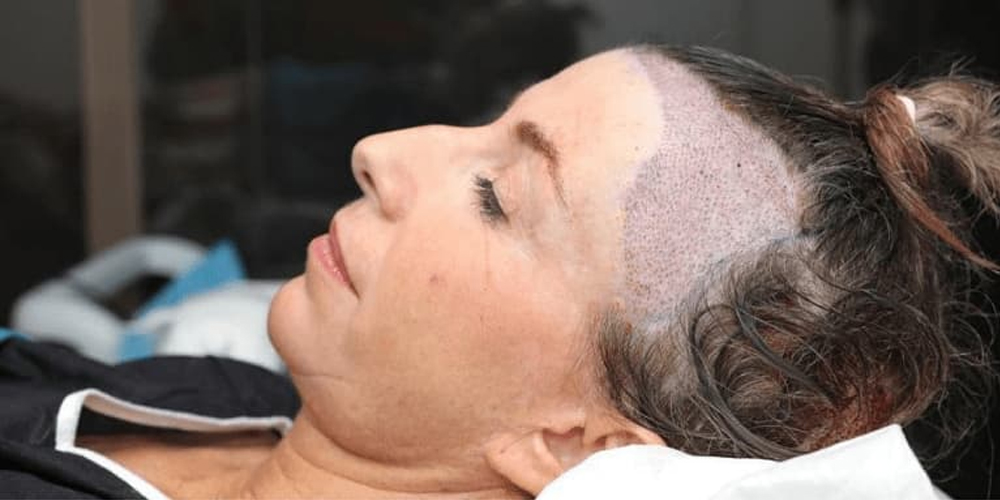
4.4. Follow-up Appointments
Regular follow-up appointments are essential for monitoring healing progress and addressing any concerns. These check-ins allow the surgeon to assess the results and make recommendations for future care or adjustments if needed.
4.5. Protecting the Transplanted Hair
Taking proactive measures to protect the newly transplanted hair is critical for long-term success:
- Scalp Hygiene: Employing gentle cleansing products is crucial for maintaining cleanliness and preventing infection. Patients should adhere to the washing routine prescribed by their surgeon.
- Sun Protection: Shielding the scalp from direct sunlight is important, especially in the early stages of healing. Utilizing sunscreen or wearing hats can prevent damage to the delicate grafts.
- Avoiding Certain Hairstyles: Newly transplanted hair is vulnerable; therefore, it is wise to avoid tight hairstyles, extensions, and excessive brushing or combing that could potentially harm the grafts.
- Lifestyle Choices: Minimizing smoking and alcohol consumption can significantly enhance healing rates. Nutritional choices, such as incorporating protein-rich foods and vitamins, promote healthy hair growth.
5. Flawless Patient Care at Aesthetic Hair Restoration
At Aesthetic Hair Restoration, our approach centers around providing exceptional patient care and superior surgical outcomes. Our commitment to excellence extends beyond the operating room, fostering a supportive environment throughout each patient's journey.
Comprehensive Consultations: Our consultations are personalized and thorough, focusing on individual needs and tailored approaches to hair restoration. We prioritize open communication, ensuring that patients feel heard and understood.
Advanced Techniques: Utilizing cutting-edge techniques such as FUE and FUT, our skilled surgeons employ minimally invasive methods for extracting and grafting hair follicles. The emphasis on precision allows us to achieve natural-looking results while minimizing patient discomfort.
Personalized Treatment Plans: Recognizing that each patient is unique, we develop customized treatment plans designed to meet specific hair loss patterns and patient objectives. This individualized approach yields optimal results tailored to each woman's desires.
Comfort and Safety: Patient comfort and safety are paramount throughout the entire process. We maintain a sterile environment and implement the latest safety protocols to ensure that each patient feels secure and at ease.
Exceptional Aftercare Support: Post-operative care is integral to our practice. We provide detailed aftercare instructions and ongoing support, empowering patients to take charge of their recovery journey.
Natural-Looking Results: We pride ourselves on delivering results that appear authentic and harmonious. Our surgeons focus on the finer details of placement and growth patterns, ensuring that the transplanted hair integrates effortlessly with existing hair.
Conclusion
Navigating the realm of hair loss can be challenging for women, but hair transplant for women presents a promising avenue for restoration and renewed confidence. By understanding the facts surrounding female hair loss, the intricacies of the transplant process, and the importance of meticulous aftercare, women can make informed decisions regarding their options.
Aesthetic Hair Restoration stands committed to helping women reclaim their self-esteem through expert care and advanced hair restoration techniques. The journey toward luscious locks and enhanced confidence begins with understanding the possibilities that lie ahead. Through personalized consultations, skilled surgeries, and unwavering support, we aim to make every patient's dream of fuller hair a reality.
LATEST POSTS

